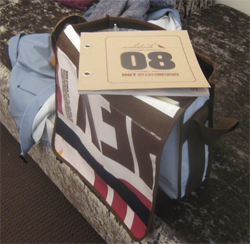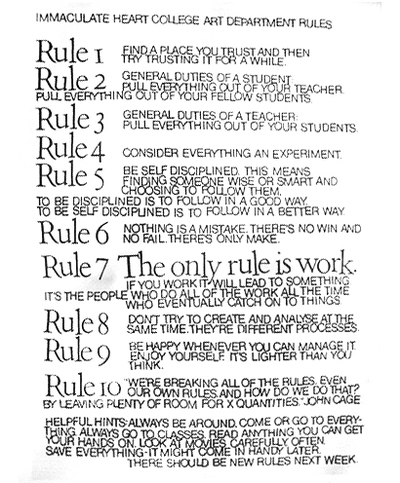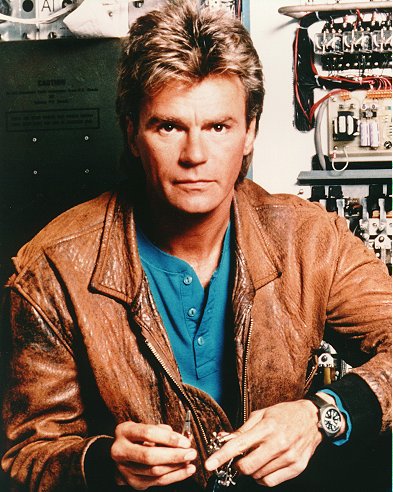The mystery of writing bestsellers
Stumbled upon this excellent NYTimes article about major book publishers and their poor abilities to predict bestsellers. It’s refreshing how honest these editors are about the limits of their predictive powers. Much like the history of tech innovations discussed in The myths of Innovation, there are too many factors for anyone to claim high rates of success.
It’s guesswork says Bill Thomas, editor in chief of Doubleday Broadway. The whole thing is educated guesswork, but guesswork nonetheless. You just try to make sure your upside mistakes make up for your downside mistakes.
Hmmm. Is he calling an unexpected bestseller an upside mistake? It’s also interesting to hear them mention slow bestsellers, books that don’t have great sales on any one year, but over several years outsell other noted bestsellers:
There are two ways for a book to become a best seller. One is to make it on to a best-seller list by selling many copies in a week. Other books sell steadily over months and years, eventually outselling many official best sellers. Unanswered Cries, a true-crime book by Tom French, was acquired in 1989 by St. Martin’s for $30,000. It now has 400,000 copies in print in paperback and sold at least 31,000 copies last year alone.
Also notable is the acknowledgment that book publishers are in the dark ages when it comes to understanding readers.
The Newspaper Association of America has a staggering amount of data on people who read newspapers. The book business has, basically, nothing, said Professor Greco. They’re not going into the marketplace and doing mall intercepts and asking people, as they leave the bookstore, What did you buy? Did you find what you’re looking for? What motivated you to choose that book?
Read the whole thing here –
The Greatest Mystery: Making a Best Seller.








